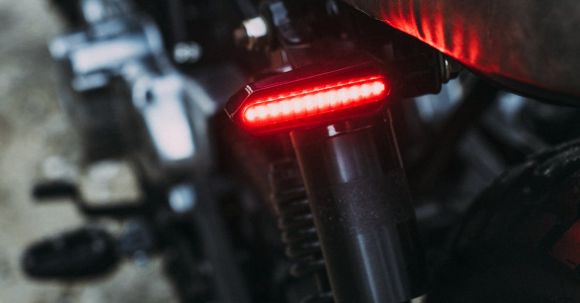Riding a motorcycle can be an exhilarating experience, but it also comes with its fair share of risks. Unlike cars, motorcycles offer little protection in the event of an accident, making it crucial for riders to adopt defensive riding techniques. By anticipating other drivers’ actions, motorcyclists can significantly reduce the chances of being involved in a collision. In this article, we will explore several tips and strategies to help riders ride defensively and stay safe on the road.
Stay Alert and Focused
The first step to riding defensively is to stay alert and focused at all times. Distractions such as mobile phones, music, or daydreaming can impair your ability to anticipate other drivers’ actions. Keep your eyes on the road ahead, constantly scanning for potential hazards, and maintain a safe following distance from the vehicle in front of you.
Position Yourself for Visibility
Motorcycles are smaller and less visible than cars, so it’s essential to position yourself in a way that maximizes your visibility to other drivers. Ride in the center of your lane whenever possible, as this gives you the best chance of being seen by drivers in adjacent lanes. Avoid riding in blind spots, and use your mirrors frequently to monitor the traffic behind you.
Anticipate Potential Hazards
One of the keys to defensive riding is anticipating potential hazards before they become a threat. Pay attention to the behavior of other drivers, looking for signs of aggression, distraction, or inattentiveness. Watch for vehicles that may suddenly change lanes or make unexpected turns. By staying one step ahead, you can adjust your position and speed to avoid potential collisions.
Maintain a Cushion of Space
Maintaining a cushion of space around your motorcycle is essential for defensive riding. Leave plenty of room between yourself and the vehicle in front of you to allow for sudden stops or evasive maneuvers. Avoid riding too close to the sides of the lane, as this limits your options for escape if a hazard arises. By having space around you, you have more time to react and avoid potential accidents.
Use Your Signals and Communication
Effective communication with other drivers is crucial for defensive riding. Always use your turn signals to indicate your intentions, giving other drivers ample time to react. Make eye contact with drivers at intersections or when changing lanes, ensuring they are aware of your presence. Additionally, use your horn or lights to alert drivers who may not have seen you.
Be Prepared for the Unexpected
Even with the best defensive riding techniques, accidents can still happen. Therefore, it’s important to always be prepared for the unexpected. Wear appropriate safety gear, including a helmet, gloves, and protective clothing. Practice emergency braking and maneuvering skills in a controlled environment to sharpen your reflexes. By being prepared for the worst-case scenario, you can increase your chances of avoiding or minimizing the impact of a collision.
Conclusion: Ride Safely and Responsibly
Riding a motorcycle can be a thrilling experience, but it’s crucial to prioritize safety and ride defensively. By staying alert, positioning yourself for visibility, anticipating potential hazards, maintaining a cushion of space, using signals and communication, and being prepared for the unexpected, you can significantly reduce the risk of accidents. Remember, defensive riding is not only about protecting yourself but also about being considerate and respectful towards other road users. So, ride safely, responsibly, and enjoy the open road with peace of mind.
